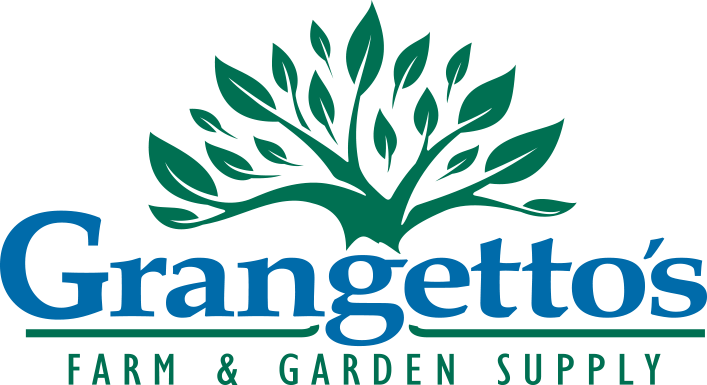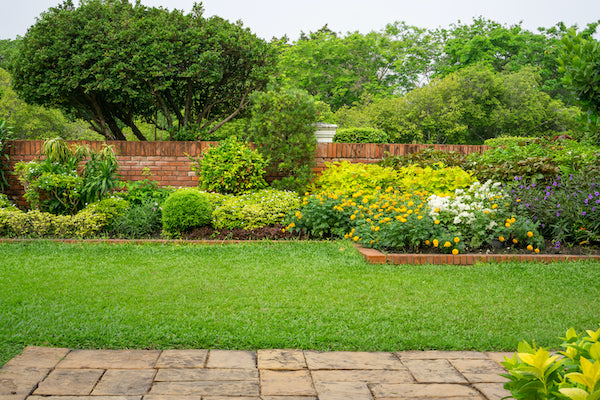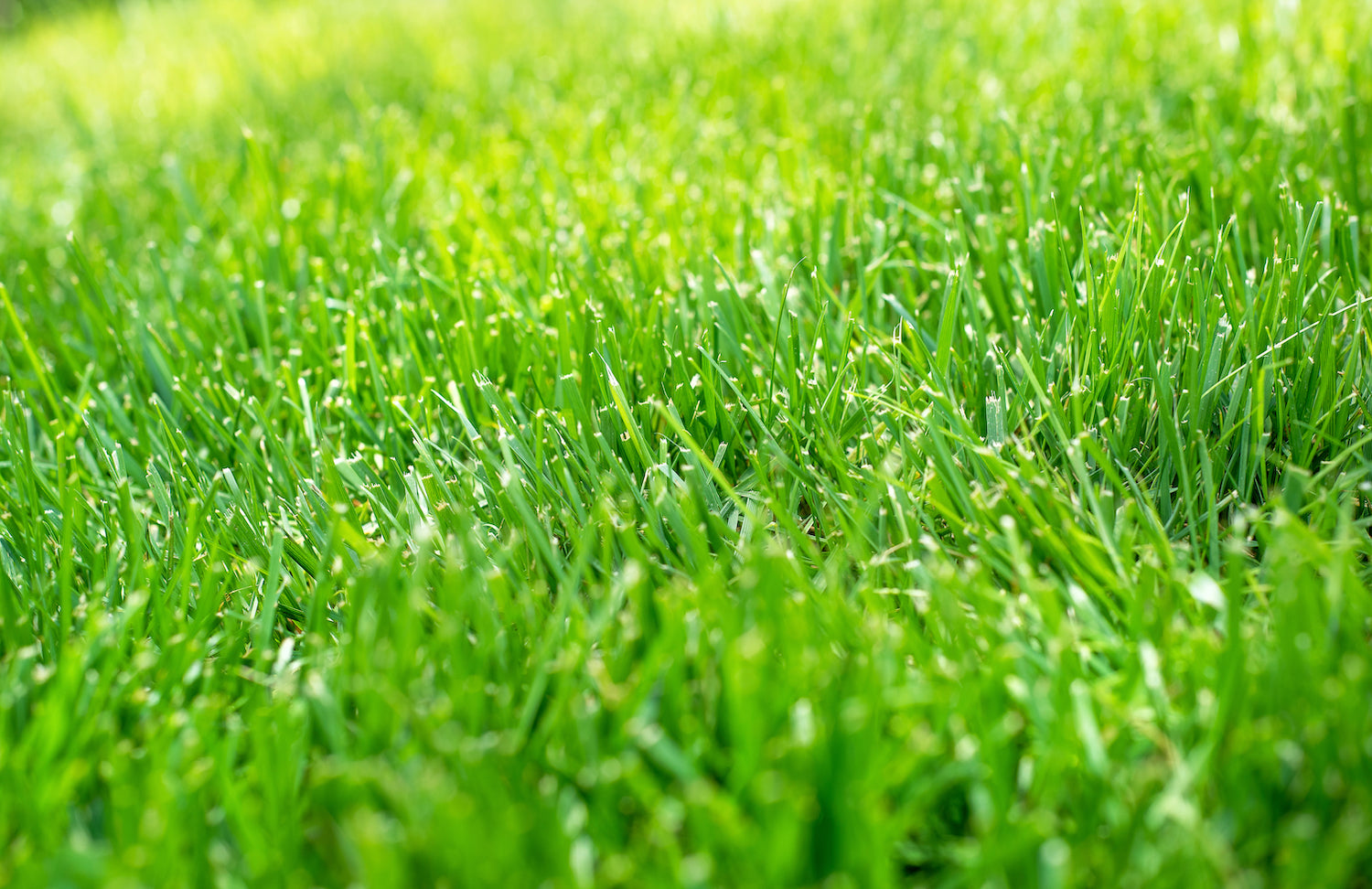
Advantages of “Catching the Rain”
Rain tanks, or rain barrels, collect fresh rain water from your homes roof and stores it for times of drought. Modern rain tanks are sealed from light, animals and vegetative matter so the water stays clean for months.
Collecting and re-using rainwater from gutters and downspouts for lawns and gardens minimizes the amount of water flowing into your storm drains, sewer systems and local waterways. Plants and microbes prefer rainwater because it is naturally “soft” and free of chlorine, fluoride and other chemicals.
Drought
Many parts of the United States have drought periods, facing possible water restrictions. In February 2009, for instance, the Governor of California ordered that mandatory water rationing and mandatory reductions in water use be introduced. Then Governor Schwarzenegger called for a statewide water reduction of 20%.

Green Living
Green living is now becoming a way of life for a majority of Americans. People are conscious of their ‘carbon footprint’ and are seeking methods to reduce the future impact on the environment and climate. 20% of California’s power consumption is used to collect, transport and treat water.
In areas of major urbanization the environment is suffering from increased run-off that cannot soak naturally into the ground. As a result, aquifers are not filling at a rate fast enough to restore their pre-urban levels.
Saving Clean Water for Drinking
Water is a limited resource and the cost of its supply is certain to rise in the next few years. Most major water collection and distribution projects in California were completed over fifty years ago and no new major rainwater catchment projects are planned. Water restrictions are nothing new in California, but since the last major drought in the early 1990s, the state’s population has grown by 9 million to a total of 38 million. In a press conference on March 12, 2009 the governor plainly stated that, with increased demand and limited supply, Californians can expect to pay more for water in the future.
But why use good drinking water on the garden or to flush toilets? Over 40% of water supplied to most suburban households is used on the garden. This is not the best use of a product processed for human consumption. Besides, most plants enjoy the slightly acidic and soft qualities of rainwater.
Bushman rainwater harvesting tanks maintain a high quality of rain water with gutter guards, insect filters and first flush devices that divert the first rains of the season to the drain. All tanks are opaque and do not allow the growth of algae. Tanks are made or lined with food grade quality polyethylene.
You can easily find a water tank on the web today made for agricultural or commercial customers. These tanks are generally too large for residential use and typically come in black, white and dark green. Bushman specializes inslimline tanks that fit under the eaves of the house and come in over six color choices.
Alternatively you can pick-up a rain barrel at your local Grangetto’s. While these may look great under a downpipe in your garden, they typically store no more than 60 gallons, which is inadequate for most garden sizes, but will allow you to water a smaller garden and still save. It is a great starter to tank and very affordable. We recommend a minimum of 300 gallons of storage, purpose built to collect and store clean rainwater. Also beware of recycling old plastic containers to rain barrels as they may have been used to transport harsh chemicals for their original purpose and could leech poorer quality plastic.




